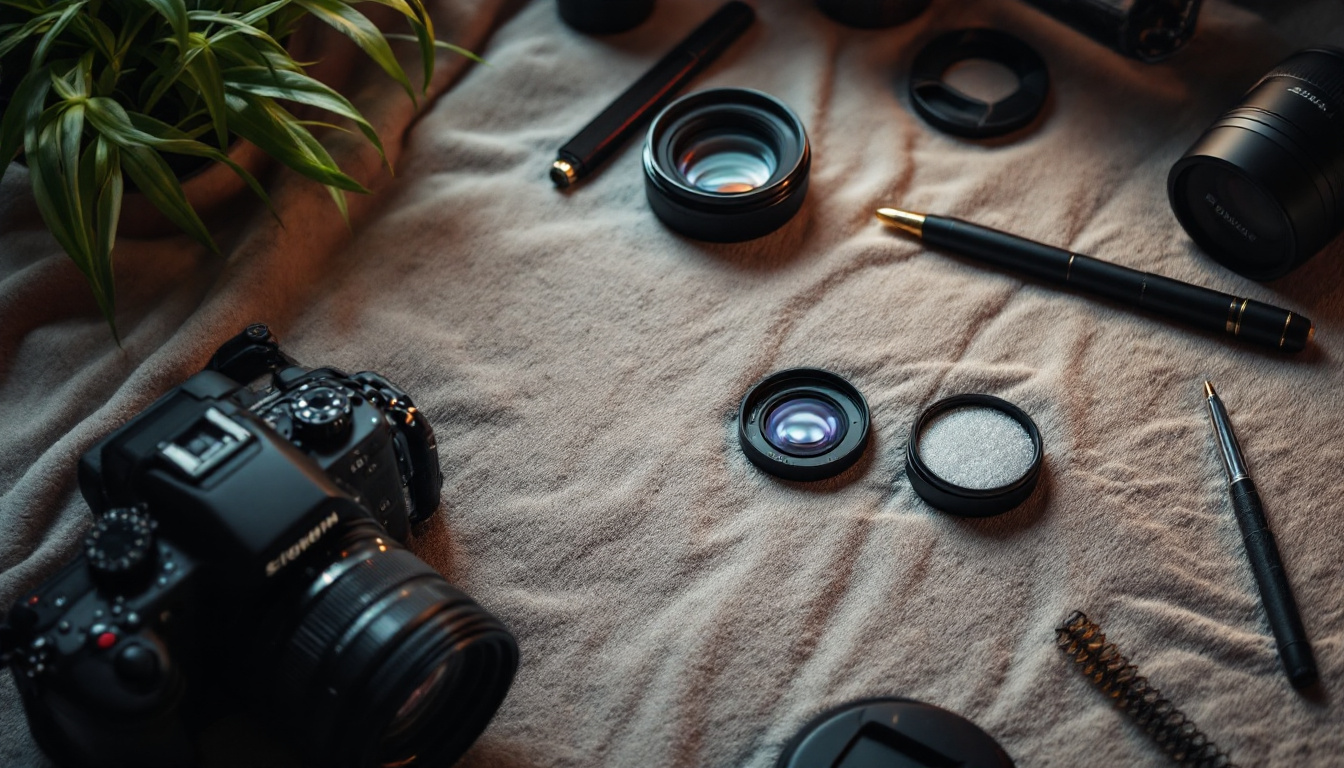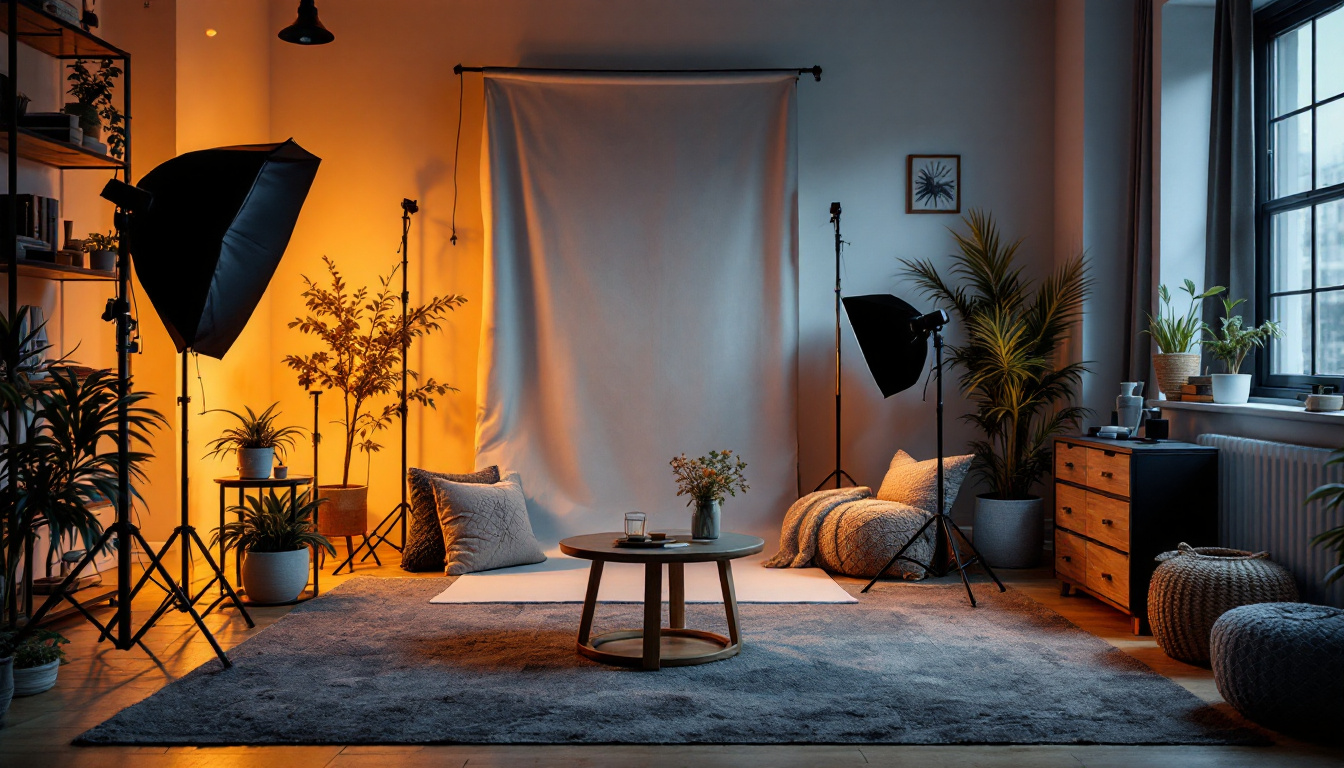Intimate photography is a captivating genre that captures the essence of personal connection and vulnerability. This style of photography often revolves around themes of human emotion and relationships, portraying everything from romantic encounters to the simplicity of familial bonds. In this article, we will explore the key principles, essential equipment, and practical techniques to elevate your intimate photography skills.
Understanding the Essence of Intimate Photography
Intimate photography transcends mere documentation; it is an artistic expression that embodies the relationship between the photographer and the subject. Through a combination of emotional storytelling and technical expertise, this genre invites the viewer into a world of personal narratives.
Defining Intimate Photography
The term ‘intimate photography’ refers to visual representations that evoke closeness and personal connection between the subjects and the observer. This might include portraiture that highlights small gestures or emotive facial expressions. It is characterized by its ability to tell a deeper story beyond what is visible in the frame.
Intimate photography often focuses on body language, subtle interactions, and quiet moments that reveal the subjects’ inner worlds. The goal is not merely to capture likeness but to elucidate the bonds that make each relationship unique. By emphasizing the nuances of human connection, intimate photography can transform ordinary moments into extraordinary visual tales that resonate on a personal level.
The Emotional Connection in Intimate Photography
At the heart of intimate photography lies the emotional connection between the subjects and the photographer. Establishing trust is paramount, as subjects must feel safe and open to revealing their true selves. This emotional bond can significantly influence the outcome of the photographs.
When a photographer successfully connects with the subject, their vulnerability translates into stunning imagery. Each click of the shutter becomes a moment of shared experience, facilitated by the photographer’s empathy and understanding. This process often involves creating a comfortable environment where subjects can express their emotions freely, allowing for genuine interactions that are captured in the moment. The resulting images often reflect a raw authenticity that resonates deeply with viewers, inviting them to engage with the story being told.
Furthermore, the choice of setting and lighting plays a crucial role in enhancing the emotional depth of intimate photography. Natural light can create a soft, ethereal quality, while shadows can add drama and complexity to the scene. The surroundings can also serve as a silent witness to the unfolding narrative, enriching the context of the subjects’ interactions. By thoughtfully considering these elements, photographers can elevate their work, transforming simple portraits into profound explorations of intimacy and connection.
Essential Equipment for Intimate Photography
Having the right tools is crucial for capturing intimate moments effectively. While technical prowess is indispensable, understanding your equipment can make a significant difference in your results.

Choosing the Right Camera
The choice of camera can impact the quality and style of intimate photography significantly. Whether you’re using a DSLR, mirrorless camera, or even a smartphone, the key is to understand the strengths and weaknesses of your equipment.
For instance, full-frame cameras often perform better in low light, which can be vital for creating moody, intimate settings. On the other hand, compact cameras may offer greater discretion and ease of use, allowing for candid moments without the distraction of bulky gear. Additionally, consider the lens options available for your camera; a prime lens with a wide aperture can create beautiful bokeh effects, isolating your subject and adding a dreamy quality to your images.
Importance of Lighting
Lighting plays a central role in intimate photography. Natural light can enhance the softness and warmth of an image, creating an inviting atmosphere. Consider shooting during the golden hour, just after sunrise or before sunset, when the light is gentle and diffused.
However, if you’re in a controlled environment, artificial lighting can help you craft the mood you want. Softboxes and diffusers can recreate the flattering soft light that enhances skin tones while avoiding harsh shadows. Moreover, experimenting with colored gels can introduce a creative flair, allowing you to evoke different emotions or themes within your photographs. Remember, the interplay of light and shadow can also add depth and dimension, transforming a simple scene into a captivating visual narrative.
Preparing for an Intimate Photography Session
Preparation is key to capturing the essence of intimacy in your photographs. Before the session, there are several aspects to consider to ensure a successful shoot.

Setting the Mood
Creating an atmosphere conducive to intimacy involves more than just lighting and location. Consider the emotional aspects of the scene. Play soft music, choose comfortable settings, and even suggest wardrobe options that help subjects feel at ease.
Incorporating elements that reflect the subjects’ personalities or relationships can add depth to the images. Personal artifacts, such as favorite books or treasured mementos, can subtly enhance the storytelling aspect of your shoot. Additionally, consider the use of props that evoke shared memories or experiences. For example, a cozy blanket that has been a part of many movie nights can serve as a beautiful backdrop while also adding a layer of comfort and nostalgia to the session.
Communicating with Your Subject
Open communication with your subjects is vital to capture authentic moments. Before you even begin shooting, take time to discuss their comfort levels and preferences. Each individual is unique, and understanding their boundaries will help create a relaxed and trusting environment.
Encourage dialogue during the session; sometimes, offering a gentle prompt or asking open-ended questions can elicit genuine reactions and expressions that lead to memorable photographs. It’s also beneficial to share your vision for the shoot, as this can help align expectations and foster collaboration. By discussing potential poses or scenarios, you can empower your subjects to contribute their ideas, making them feel more involved and invested in the creative process. This collaborative approach not only enhances the final images but also strengthens the bond between the photographer and the subjects, resulting in a more authentic representation of their intimacy.
Composition Techniques for Intimate Photography
Composition is the backbone of any artistic photograph, and intimate photography is no exception. Using thoughtful framing and angles will allow you to convey the emotional context of your subjects effectively.

Framing and Angles
Experimenting with different angles and framing techniques can breathe life into your images. Low angles can evoke a sense of vulnerability, while overhead shots can capture a broader context of intimacy. Avoid static positions and instead, use movement to capture the organic nature of human relationships.
Additionally, framing your subjects with elements of the surrounding environment can further emphasize their connection. Using doorways, windows, or overlapping elements can add depth and interest to your images. For instance, capturing a couple framed by the soft glow of a window can create a sense of warmth and closeness, inviting the viewer to feel like a part of that intimate moment. Similarly, incorporating natural elements like trees or flowers can symbolize growth and connection, enhancing the emotional narrative of the photograph.
Use of Colors and Textures
Color and texture can play influential roles in conveying emotion. Warm tones often evoke feelings of comfort and love, while cool tones may suggest calmness or contemplation. Be mindful of your color choices throughout the setting and wardrobe to establish a cohesive visual narrative. The interplay of colors can also reflect the dynamics between subjects; for example, contrasting colors can highlight tension or conflict, while harmonious palettes can signify unity and understanding.
Textures add a tactile dimension to your composition. Visual elements like soft fabrics, rough surfaces, or intricate patterns can create layers of interest. They can also subtly contribute to the emotional tone of the photograph, enhancing the viewer’s experience. Consider how the texture of a subject’s clothing or the surface of a nearby object can influence the mood. A close-up of a hand gently resting on a textured surface can evoke feelings of tenderness and intimacy, inviting the viewer to explore the nuances of the relationship being portrayed. By thoughtfully integrating these elements, you can create a rich, immersive experience that resonates deeply with your audience.
Post-Processing Techniques in Intimate Photography
Post-processing is the final step in shaping your intimate photographs. Here, you can enhance and refine your images to amplify their emotional impact.
Enhancing Mood with Filters
Utilizing software tools for editing can bring your vision to life. Filters can influence the mood dramatically—softening tones or adding a vintage feel can transform an ordinary image into something evocative and reminiscent.
When applying filters, however, it’s crucial to maintain a balance. Over editing can detract from the authenticity of the moment, so aim to enhance rather than alter the inherent qualities of the photograph.
Retouching Techniques
Retouching is an essential part of the post-processing workflow, especially in intimate photography, where subtle details matter. Focus on skin smoothing, blemish removal, and ensuring that the subjects look natural and comfortable without losing their individuality.
While it’s tempting to create a picture-perfect image, the goal should be to retain the essence of intimacy—the imperfections that make each moment uniquely beautiful. Embrace authenticity as your guiding principle in the retouching process.
In conclusion, mastering the art of intimate photography involves a blend of emotional connection, technical understanding, and creative expression. By carefully considering each component, from pre-shoot preparations to post-processing, you can elevate your work in this profoundly nuanced genre. This exploration is just the beginning; continue to study, practice, and evolve your unique style within the world of intimate photography.
As you continue to refine your intimate photography craft, consider the ease and efficiency Cliqora can bring to your workflow. With our innovative SaaS platform, sharing your evocative content with clients is seamless, thanks to super fast resumable uploads. Your clients will cherish the convenience of maintaining access to their treasured moments forever through our mobile app, and with AI face detection, they can share their stories with precision and privacy. Beyond content sharing, Cliqora is designed to streamline your business with client management, contract handling, and payment processing. Take the first step towards transforming your photography business by registering for early access to Cliqora, and create your first project for free. Embrace the future of photography client management today.



